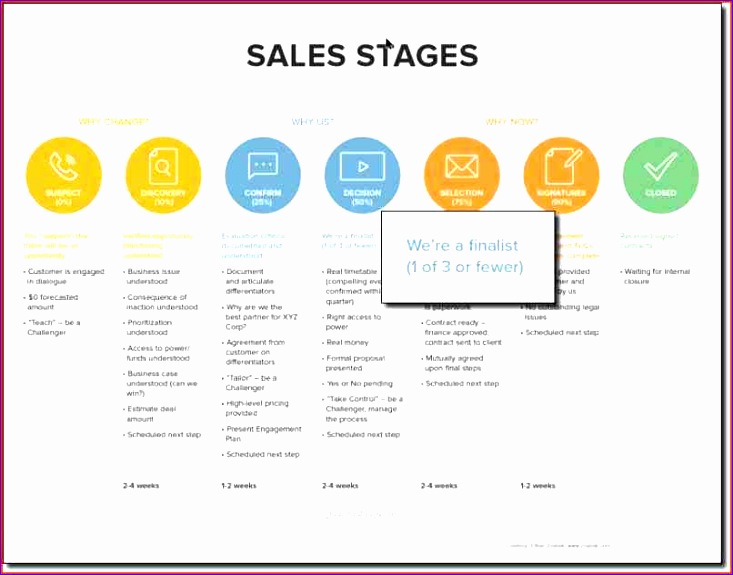Reorder Excel Sheets with Ease Using Python

Introduction to Excel Sheet Reordering with Python

Working with Excel is a common task in many professional environments. Whether you're managing data for financial reports, project timelines, or customer information, Excel remains one of the most widely used tools for data organization. However, as spreadsheets grow in size, managing them can become cumbersome, especially when you need to reorder sheets within a workbook. Thankfully, Python, a versatile programming language, offers a streamlined solution through the use of libraries like openpyxl. In this article, we'll explore how to use Python to automate the process of reordering Excel sheets, making your data management much more efficient.
Why Use Python for Excel Automation?

Python is an excellent choice for automating repetitive tasks in Excel due to several reasons:
- Open-source libraries: Python has numerous libraries like openpyxl, pandas, and xlrd that simplify working with Excel files.
- Ease of Use: Python's syntax is clear and readable, making it accessible for beginners and experts alike.
- Automation Capability: Automate complex tasks that would be time-consuming when done manually.
- Scalability: Handle large datasets and complex operations that go beyond what Excel's UI can comfortably manage.
Setting Up Your Python Environment

Before diving into the reordering process, ensure you have:
- Python installed on your system.
- openpyxl installed via pip:
pip install openpyxl
Script to Reorder Excel Sheets

Importing Necessary Modules

Here's the first part of our script where we import the required modules:
from openpyxl import load_workbook
Loading the Workbook

Next, load the workbook:
```python wb = load_workbook(filename='your_workbook.xlsx') ```Defining the New Sheet Order

You need to specify the new order for your sheets. For example:
```python new_order = ['Sheet1', 'Sheet3', 'Sheet2'] ```Reordering Sheets

Now, let's write the function to reorder sheets:
```python def reorder_sheets(workbook, new_order): existing_sheets = workbook.sheetnames for sheet_name in existing_sheets: if sheet_name not in new_order: new_order.append(sheet_name) for order, name in enumerate(new_order): workbook._sheets[workbook.sheetnames.index(name)].index = order wb.save('reordered_workbook.xlsx') ```This script will rearrange the sheets based on the new_order list and save the workbook as a new file:
Full Python Script

from openpyxl import load_workbook
def reorder_sheets(workbook, new_order):
existing_sheets = workbook.sheetnames
for sheet_name in existing_sheets:
if sheet_name not in new_order:
new_order.append(sheet_name)
for order, name in enumerate(new_order):
workbook._sheets[workbook.sheetnames.index(name)].index = order
if __name__ == "__main__":
wb = load_workbook(filename='your_workbook.xlsx')
new_order = ['Sheet1', 'Sheet3', 'Sheet2']
reorder_sheets(wb, new_order)
wb.save('reordered_workbook.xlsx')
🔍 Note: Remember to replace 'your_workbook.xlsx' with the path to your Excel file, and adjust the new_order list to match your desired sequence of sheets.
Understanding the Script

Here's a breakdown of how the script works:
- The script first loads the workbook using
load_workbook. - The
reorder_sheetsfunction ensures that all sheets are accounted for innew_order, appending any sheets not explicitly mentioned at the end. - It then iterates over the
new_orderlist, adjusting the index of each sheet to match its new position. - Finally, the workbook is saved with the new order.
By automating this task, you not only save time but also reduce the risk of errors that can occur during manual rearrangement.
Potential Enhancements

Here are some ways you could enhance the script:
- Dynamic Sheet Order: Allow the user to input the new order at runtime.
- Multiple Workbooks: Modify the script to handle multiple Excel files at once.
- Conditional Reordering: Only reorder sheets that meet certain criteria (e.g., only sheets with a specific prefix).
In summary, by using Python for reordering Excel sheets, you can automate tedious tasks, streamline your workflow, and ensure accuracy in your data management practices. Python’s power, combined with libraries like openpyxl, makes this possible with relatively straightforward scripting, thereby enhancing productivity in any data-heavy environment.
Can I reorder sheets dynamically based on user input?

+
Yes, you can enhance the script to prompt the user for the desired sheet order. Use Python’s input() function to collect user input, then process this input to create the new_order list before reordering the sheets.
Is there a limit to how many sheets can be reordered?

+
No, there is no inherent limit other than Excel’s capacity for the number of sheets in a workbook. However, very large numbers of sheets can slow down processing time.
How can I automate this script to run at scheduled intervals?

+
You can use task scheduling tools like Windows Task Scheduler, cron on Unix systems, or Python’s own schedule library to run your script at specified times or intervals.